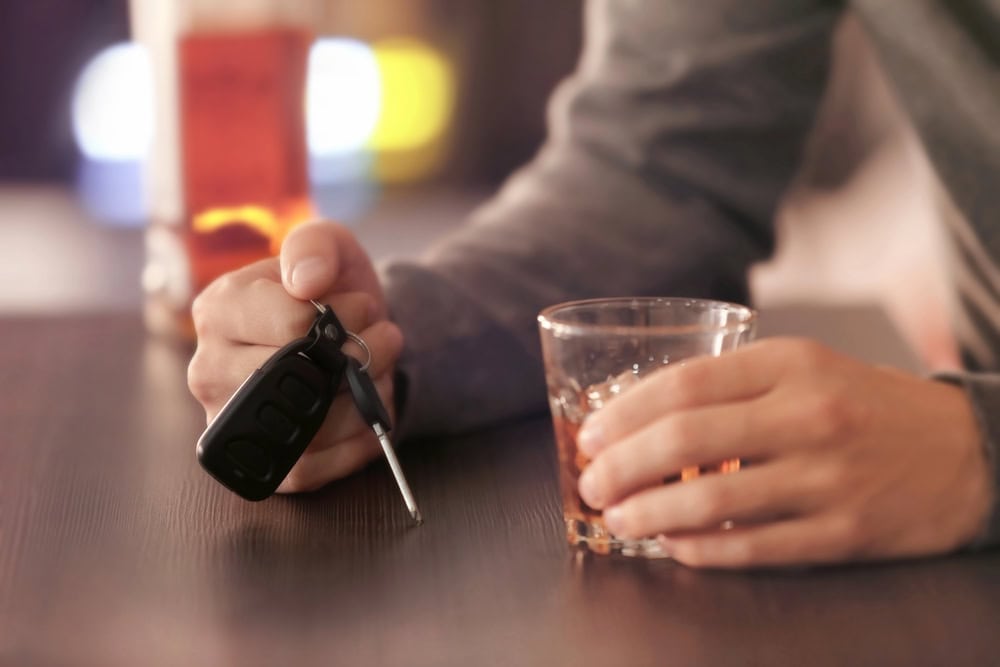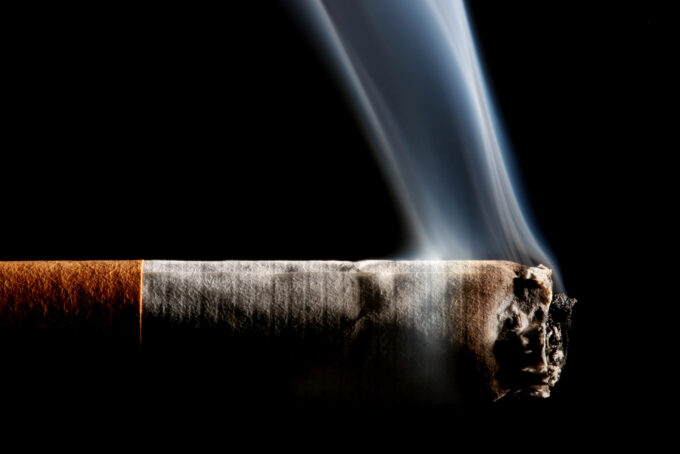Skin cancer risk increases even without sunburn
Every sunburn is harmful, that is general knowledge today. But not only sunburn can lead to skin cancer: The total amount of UV radiation to which the skin is exposed over the years also plays a role in its development.

The sun provides vital vitamin D. But even a little sunlight is enough and all other effects of the sun on our skin are potentially dangerous. Especially because UV radiation not only causes acute sunburn, but also damages the skin in the long term. It leads to premature skin aging, but also to skin cancer with metastasis.
Both UVA rays, which penetrate deep layers of the skin, and UVB rays, which attack only the surface but are higher in energy, are considered risk factors for the development of skin cancer. These include melanoma, squamous cell carcinoma and basal cell carcinoma.
Sunburn is the visible sign that the skin's own protective mechanisms are no longer sufficient, and at the same time an alarm signal: The inflammatory reaction of the skin begins a few hours after exposure to the sun and reaches its peak a good twelve hours later. In addition to the typical reddening, severe cases can lead to blistering, headaches, dizziness and fever. Medical attention is then required immediately. After two to three days, the symptoms subside again, and scars rarely remain. "Unfortunately, a miracle cure that reverses the UV damage caused by sunburn does not exist," says UNIQA occupational physician Peter Kritscher: "In the acute phase, cooling lotions can support the skin's self-healing powers. Sufficient fluid intake should also be ensured. However, the effect of local therapy on sunburn is not very pronounced. It is much easier to prevent sunburn. The following applies: the lighter the skin, the more sensitive one reacts. People with reddish hair and blue eyes are most at risk. Unfortunately, sunburn still frequently affects children."
Both chronic and short UV radiation is dangerous
But not only sunburn is dangerous. Although scientists agree that every sunburn increases the risk of skin cancer, chronic UV radiation, i.e. the total amount over the years, also plays a role in the development of skin cancer - in addition to genetic factors. Says Kritscher, "Skin cancer can therefore develop even if you haven't had a single sunburn."
Malignant melanoma, or "black skin cancer", is the form of skin cancer that is most often fatal because it spreads quickly and forms metastases. UNIQA occupational physician Kritscher: "Today it is assumed that black skin cancer is promoted by short, intensive UV radiation. For the most part, it develops from pigmentary changes such as birthmarks."
Many moles increase the risk of cancer
"Moles should therefore be checked regularly by a dermatologist," advises Kritscher. 20 percent of sufferers are under the age of 40 when malignant melanoma is first diagnosed. "Skin screening is therefore advisable at a young age, especially if you belong to a risk group (fair skin, many sunburns, family history, many moles)." A rough guide to self-monitoring is provided by the ABCDE rule: "Check your moles for asymmetry, irregular borders, colorit (inconsistent color/pigmentation), diameter (over 5 mm is suspicious), and loftiness. Minimal changes are enough - better to visit the dermatologist once more often than too late!"
The "white skin cancer", basal cell carcinoma is about ten times more common than black skin cancer, but has a significantly higher chance of cure. Basal cell carcinomas appear as shiny nodules, scaly patches, vesicles, chronic pimples, non-healing crusts, etc. They develop as a result of chronic UV exposure and continue to grow if left untreated, but do not usually metastasize. After removal, parts of a possible squamous cell carcinoma (risk of metastasis!) must be excluded.
Apply sunscreen correctly
Sunscreens absorb or reflect UV radiation, which is why you can stay in the sun longer without getting sunburned. But even with protection, too long exposure to the sun should be avoided. Sunscreen must filter both UVA and UVB rays, be applied liberally at least half an hour before sun exposure, and be reapplied regularly. Even waterproof preparations lose effectiveness with prolonged bathing. It is recommended to apply a sun protection factor appropriate to the skin type.
As additional protective measures, experts recommend:
- Avoid the sun at midday and stay in the shade.
- Wear body-covering clothing made of cotton or linen fabric. It should cover as much of your body as possible (don't forget your shoulders), but fit loosely to allow air to circulate. Protect your face with hats or visors.
- Don't forget your sunglasses: UV radiation can also cause damage to various parts of the eye, triggering conjunctivitis and corneal inflammation, clouding of the eye lens or damage to the retina, and subsequently limiting vision.
Text: Uniqa Group









